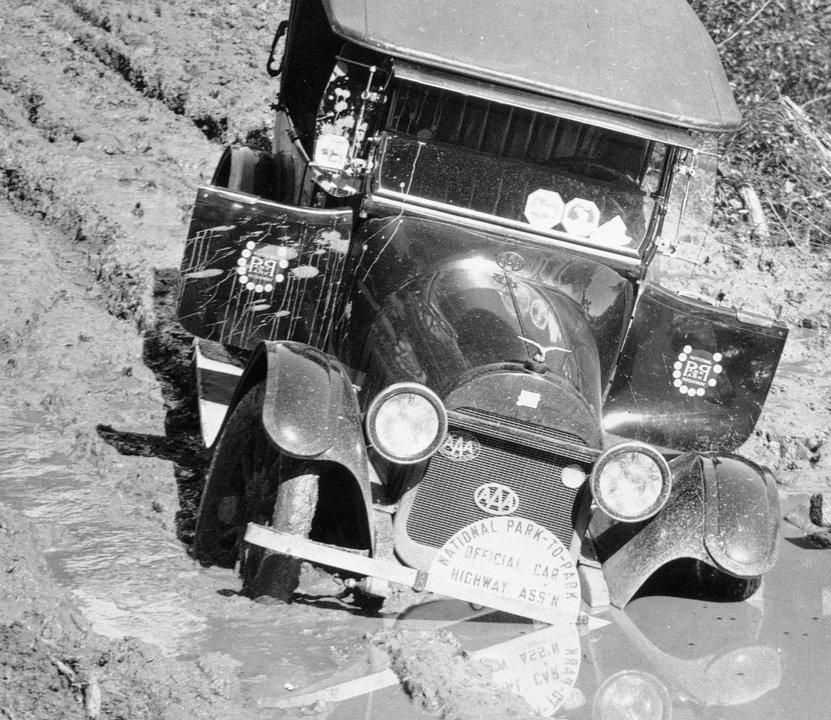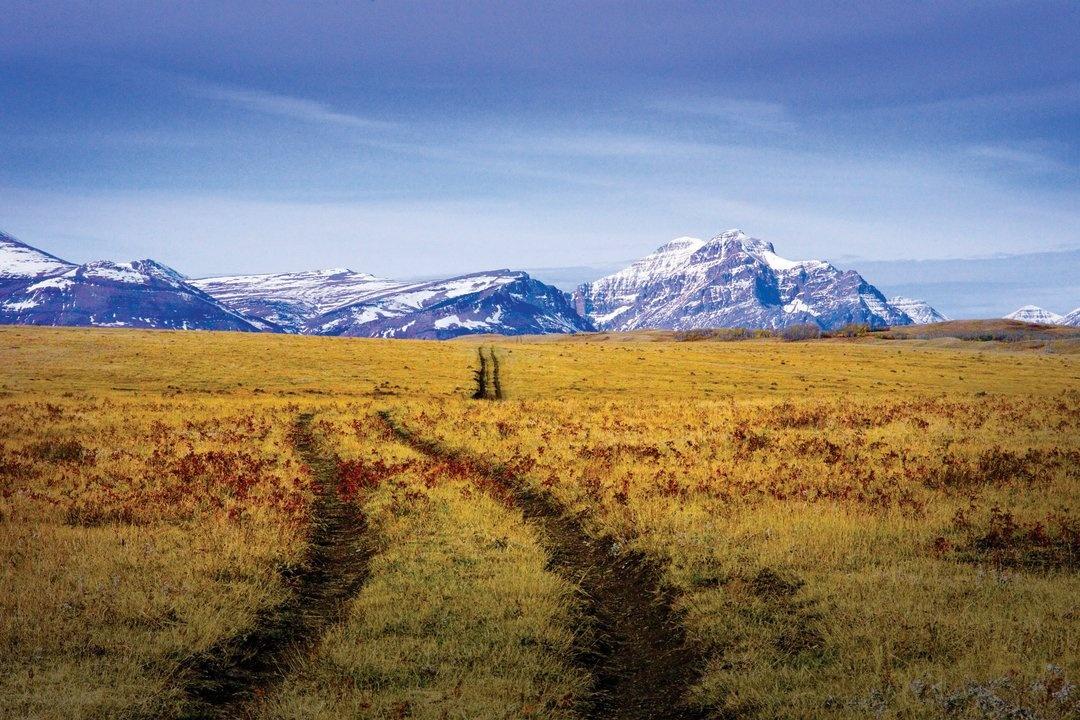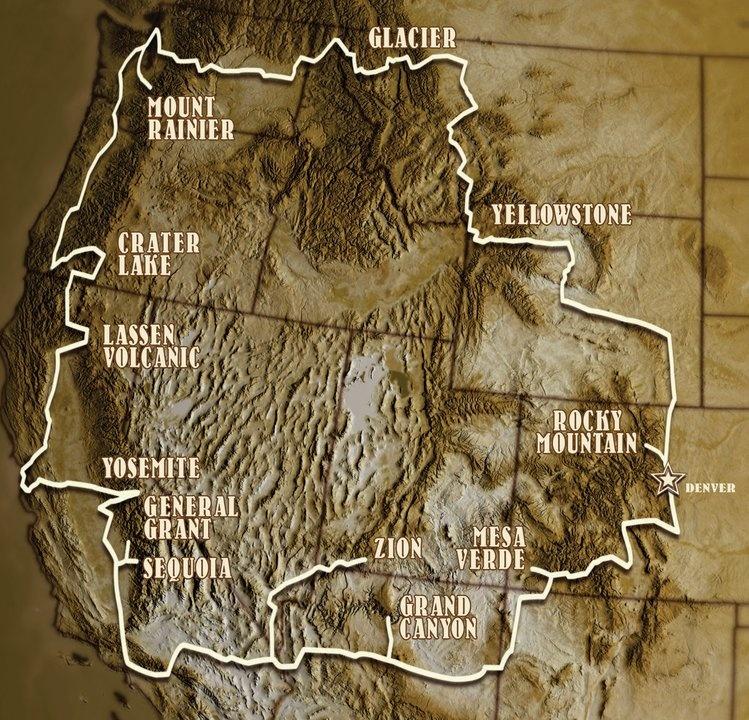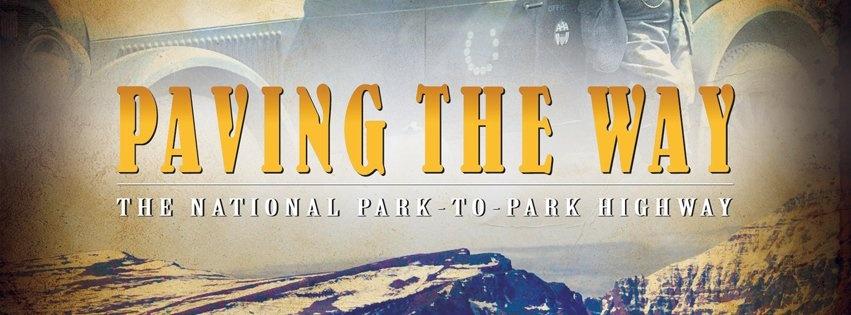
Paving The Way: The National Park-To-Park Highway
PAVING THE WAY details the story of twelve motorists who took a 5, 000-mile epic road trip before there were gas stations and fully paved roads. In 1920, the inaugural tour of the Park-to-Park Highway connected all twelve National Parks in the American West. They promoted tourism to the Parks and better roads for motorists. During the early days of the automobile, when cars got stuck in the mud, they were still being towed out by horses, and gravity-fed fuel lines caused problems up steep grades. Only the rich could afford travel by train or by horse to the National Parks, but the 1920 inaugural tour opened the door for the "everyman," with his newly affordable automobile, to visit them as well.


Credit: A.G. Lucier

Credit: A.G. Lucier

Credit: Brandon Wade

Credit: Terry Coolidge

Credit
See America First (No. 101)
PAVING THE WAY details the story of twelve motorists who took a 5, 000-mile epic road trip before there were gas stations and fully paved roads. In 1920, the inaugural tour of the Park-to-Park Highway connected all twelve National Parks in the American West. They promoted tourism to the Parks and better roads for motorists. During the early days of the automobile, when cars got stuck in the mud, they were still being towed out by horses, and gravity-fed fuel lines caused problems up steep grades. Only the rich could afford travel by train or by horse to the National Parks, but the 1920 inaugural tour opened the door for the "everyman," with his newly affordable automobile, to visit them as well. (First Aired Monday, June 01, 2009)
Welcome Home (No. 102)
PAVING THE WAY details the story of twelve motorists who took a 5, 000-mile epic road trip before there were gas stations and fully paved roads. In 1920, the inaugural tour of the Park-to-Park Highway connected all twelve National Parks in the American West. They promoted tourism to the Parks and better roads for motorists. During the early days of the automobile, when cars got stuck in the mud, they were still being towed out by horses, and gravity-fed fuel lines caused problems up steep grades. Only the rich could afford travel by train or by horse to the National Parks, but the 1920 inaugural tour opened the door for the "everyman," with his newly affordable automobile, to visit them as well. (First Aired Monday, June 08, 2009)
Stephen T. Mather, the first director of the National Park Service, needed a way to increase attendance to the parks under his care. With automobiles suddenly becoming more affordable thanks to Henry Ford’s assembly line, Mather appealed to ordinary people to come tour the parks, no longer just the wealthy. The National Park-to-Park Highway, a route created by AAA’s field representative, Anton L. Westgard, became Mather’s tool for drawing larger crowds to the national playgrounds. “Each Park is highly individual,” Mather said, but “the whole will be a revelation.”
Director, Brandon Wade and his crew experienced this revelation while filming along the same five thousand mile loop, from Denver to Rocky Mountain, Yellowstone, Glacier, Mt. Rainier, Crater Lake, Lassen Volcanic, Yosemite, General Grant (now King’s Canyon), Sequoia, Zion, Grand Canyon, Mesa Verde, and back to Denver. The film includes breathtaking cinematography from the American West—giant forests, sweeping plains, towering mountains, and shimmering deserts, echoed in the archival photographs of the 1920 tour by Albert G. Lucier.
PAVING THE WAY includes the talented voice of Bill Painter as its narrator, as well as dozens of interviews of experts on the National Parks and the post-WWI Good Roads Movements. Among these are historians Alfred Runte and William Tweed. Drawing its inspiration from The Playground Trail: The National Park-to-Park Highway, a book by Lee and Jane Whiteley, PAVING THE WAY adds its own perspective on this unique historic event and what it meant to the shaping of American culture.
“Our film brings the soul to the visionaries and tacticians who made the highway a revelation,” said Brandon Wade. “We learn about the people who take this inaugural tour and expand tourism exponentially to the parks over the next decade. I think American culture has been shaped with the idea of taking a ‘road trip’. It defines us and the American Experience.”
Three years in the making, PAVING THE WAY combines poignant imagery with a classic American story. "The viewer is treated to a cake with many layers and allowed to savor each piece,” says Associate Producer Jane Whiteley. The film recreates the 1920 tour “through the old movie clips, Lucier dedication tour photos, modern views, and the small stories nestled within each section--giving us, the viewers, a definite sense of being there."
